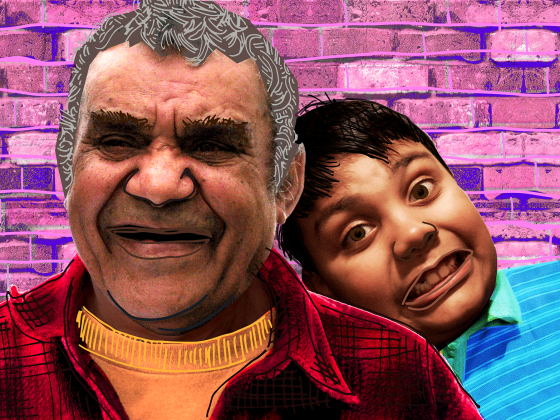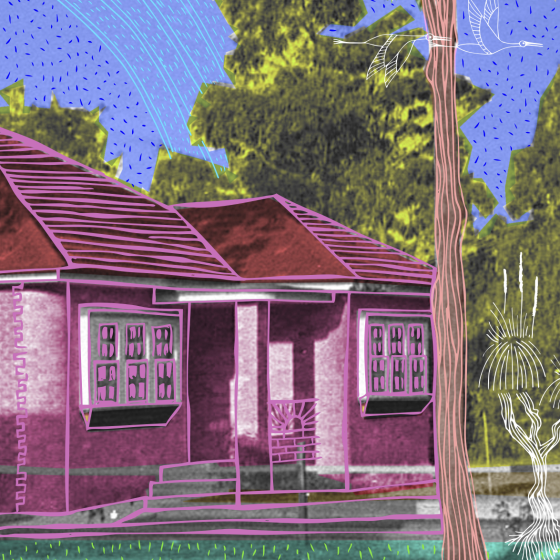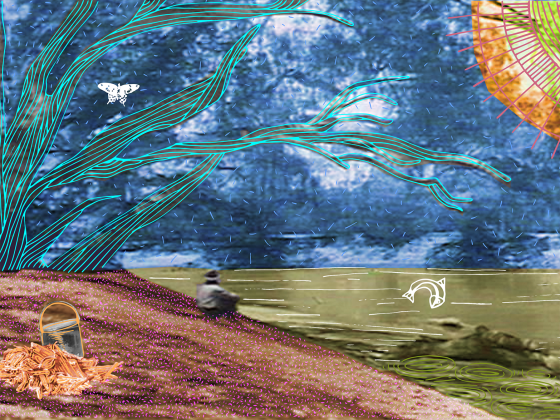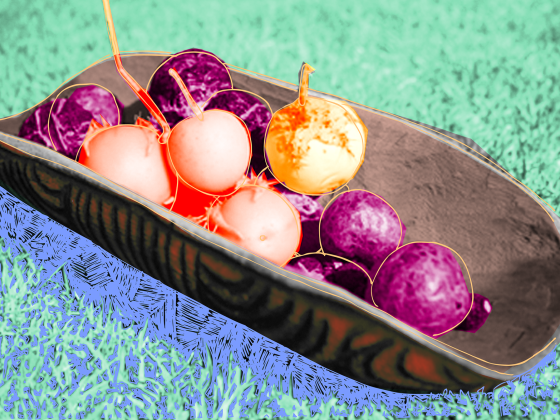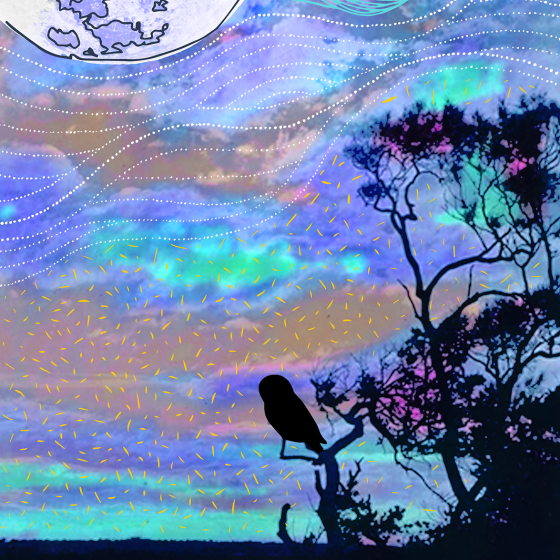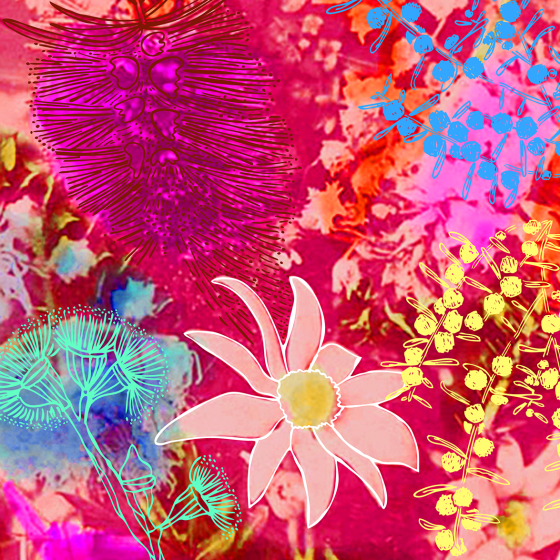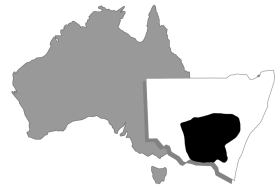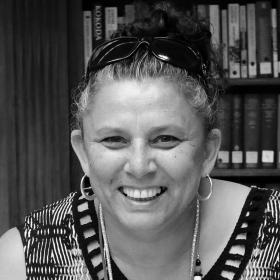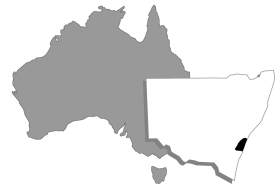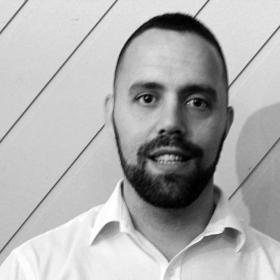An online Teacher's guide accompanies My Weekend with Pop a short illustrated bilingual story. Teachers and students can read the story in English and listen to it in several NSW Aboriginal languages: Dharawal, Gumbaynggirr, Gamilaraay, Paakantyi and Wiradjuri.
The Teacher's guide includes learning activities for teachers to embed in KLA-specific units of work as a way of including Aboriginal perspectives. The activities are designed for Stage 2 and can be adjusted for Stage 1 or Stage 3 learners . The resource list includes print and multi-media materials that are suitable for teachers of Early Stage 1 through to Stage 6.
